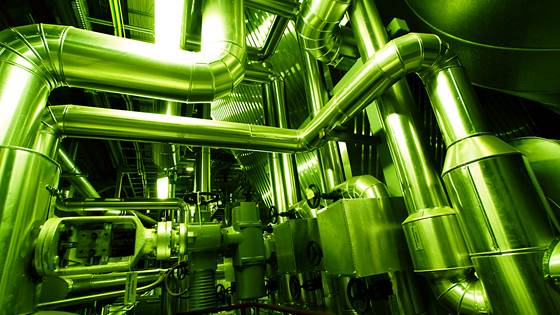
HyPla - Hydrogen plasma for CO2-free metal production
The HyPla project will establish a novel extractive metal production process where electricity and hydrogen replace carbon in metal ore reduction.

The HyPla project will establish a novel extractive metal production process where electricity and hydrogen replace carbon in metal ore reduction.
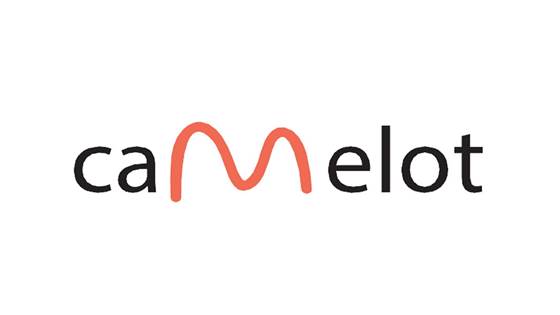
The project aims at better understanding of charge, mass and heat transports in new generation PEM fuel cells MEA for automotive applications.
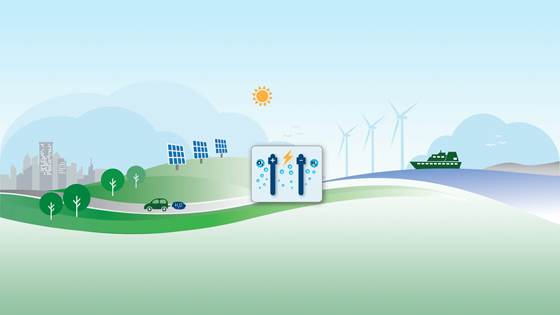
the objective of the CHANNEL EU project is to develop a low cost and efficient electrolyser stack and balance of plant (BoP) that will become a game-changer for the electrolyser industry.
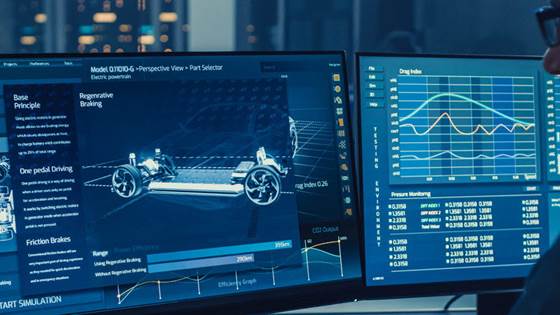
The main aim of the VIRTUAL-FCS project is to make the design process of hybrid fuel cell and battery systems easier, cheaper and quicker.
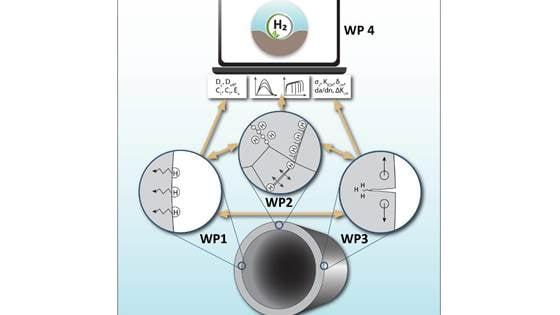
Hydrogen, the most abundant chemical substance in the universe, may, as an energy carrier hold the key to the inevitable and needed transition from fossil fuels to renewable energy. Together with Norway's important role as a major energy provider in...
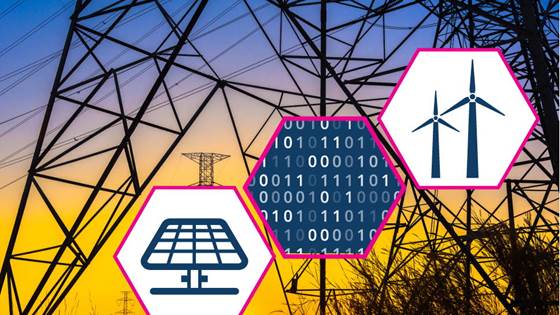
Advanced methodology and tools taking advantage of storage and FLEXibility in transmission and distribution grid PLANning.
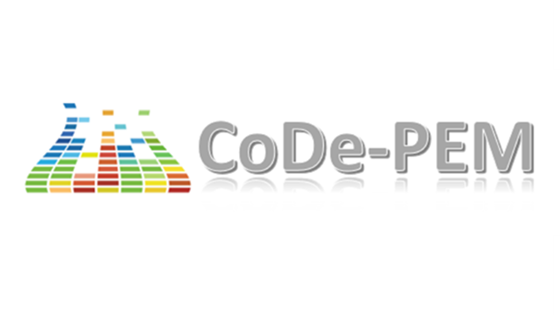
Proton Exchange Membrane Electrolysers (PEME) are widely used to make hydrogen gas from renewable energy. As the demand for hydrogen as a fuel grows, lower cost electrolysers are needed. The CoDe-PEM project aims to contribute towards the development...
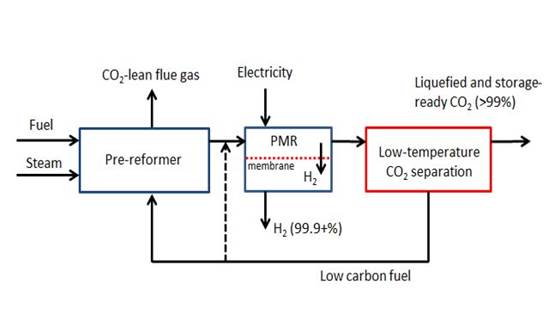
The MACH-2 project will develop and demonstrate the potential of an innovative hybrid technology for H2 production with CO2 capture enabling high carbon capture rates with high purity CO2 and H2 and a hydrogen cost comparable to conventional...

As many European countries, Norway has still a significant length of non-electrified railways. New technologies like hydrogen fuel cells and batteries can be a better option than expensive catenary lines.
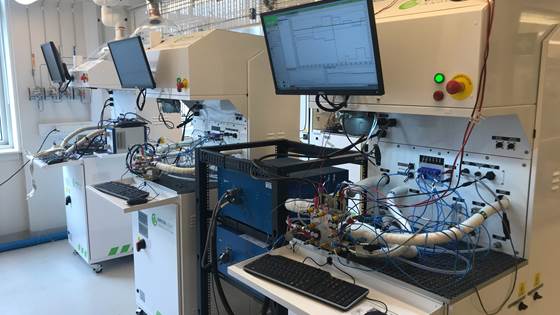
The Norwegian Fuel Cell and Hydrogen Centre is a joint initiative taken by three major Norwegian R&D stakeholders (SINTEF, IFE and NTNU) engaged in Fuel Cells and Hydrogen (FCH) technologies and has a clear nation-wide character and impact.
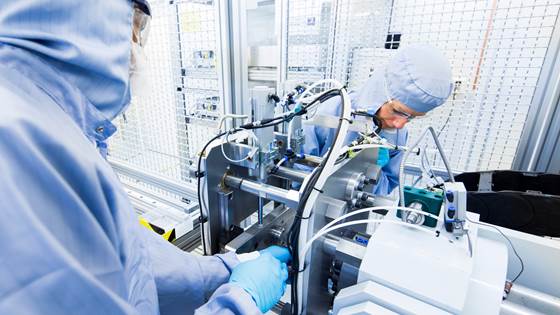
The GAMER project will develop a novel cost-effective tubular Proton Ceramic Electrolyser (PCE) stack that will produce pure dry pressurized hydrogen. The main objective of GAMER is to design, build and operate a low cost 10 kW electrolyser system...
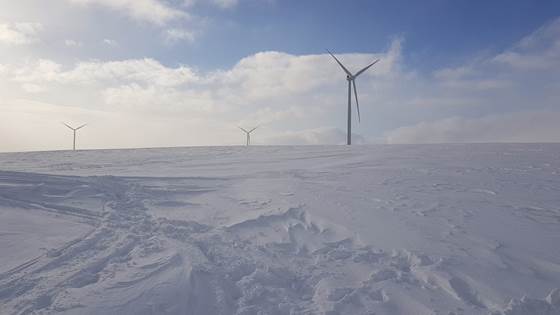
There are significant resources of wind power in areas where few people live, and which cannot be exploited due to a weak grid. A solution is to produce hydrogen and export it.
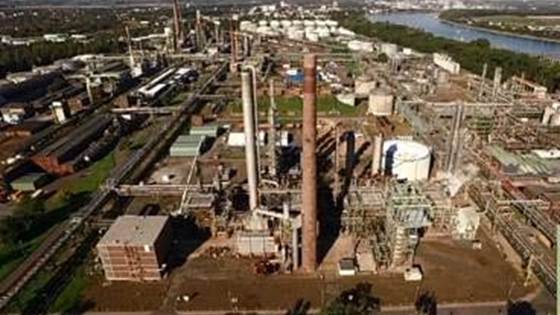
The REFHYNE project will install and test the world's largest hydrogen electrolysis plant at the Shell Energy and Chemicals Park Rheinland in Wesseling, Germany.
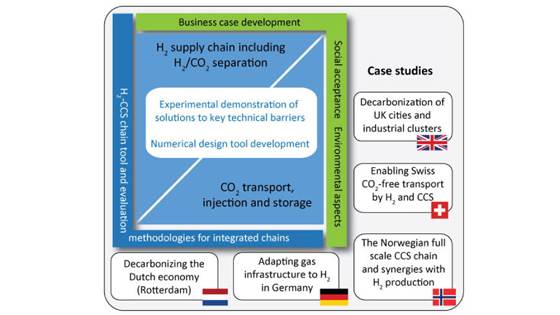
As the only technology that can substantially reduce CO2 emissions from fossil fuels, CCS is an essential component in essentially all IPCC scenarios that limit global warming to below 2°C.

Biomass to energy (BtE) and waste to energy (WtE) plants in Norway need to comply with stricter emission limits and/or adjust to tighter profit margins, and EU have implemented a further reduction of emission limits from medium (scale) combustion...
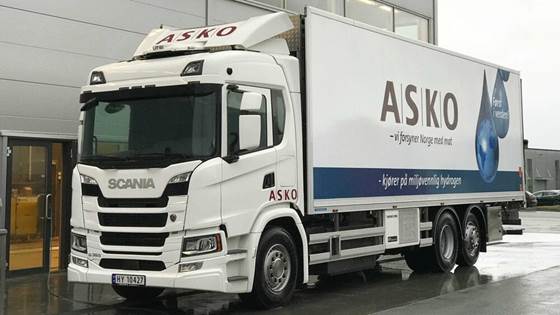
MoZEES, a research center for environmentally friendly energy (FME), contributes to the development of new battery and hydrogen materials, components and systems for applications in the transport sector (road, rail and sea).

HyLAW stands for Hydrogen Law and removal of legal barriers to the deployment of fuel cells and hydrogen applications. It is a flagship project aimed at boosting the market uptake of hydrogen and fuel cell technologies providing market developers...
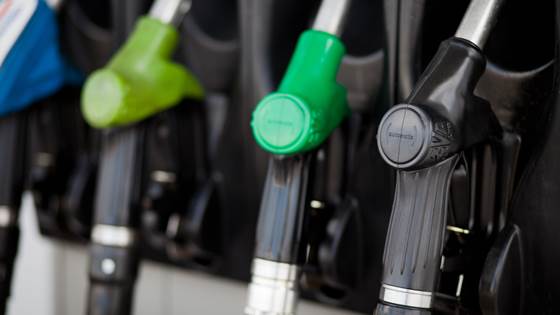
The ECRIA project AMBITION aims to develop a long-term joint European Community Research and Innovation Agenda on the integration of biofuels production and surplus grid electricity valorisation. AMBITION brings together eight partners from eight...